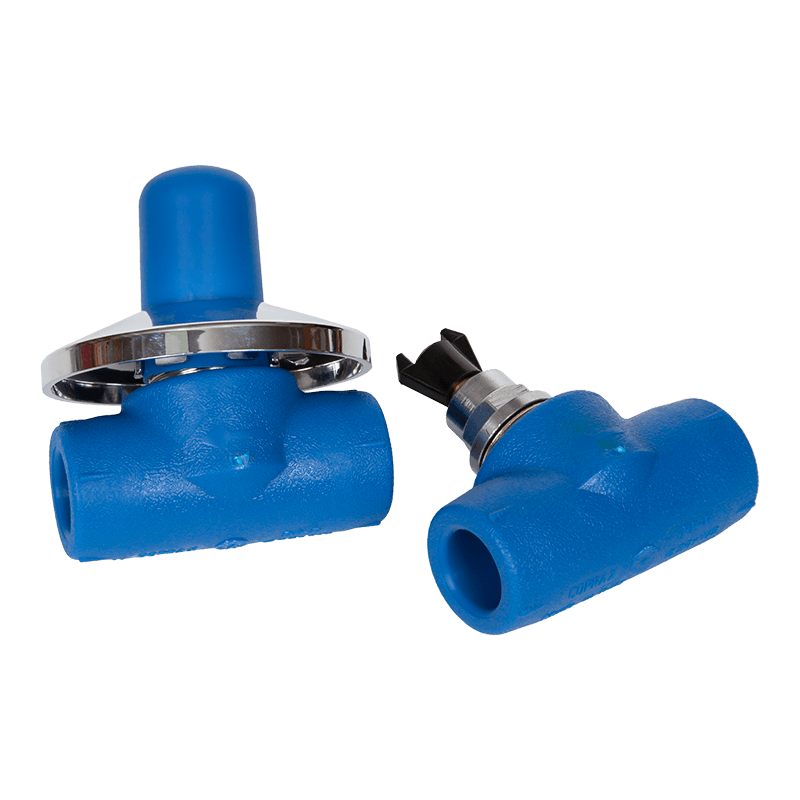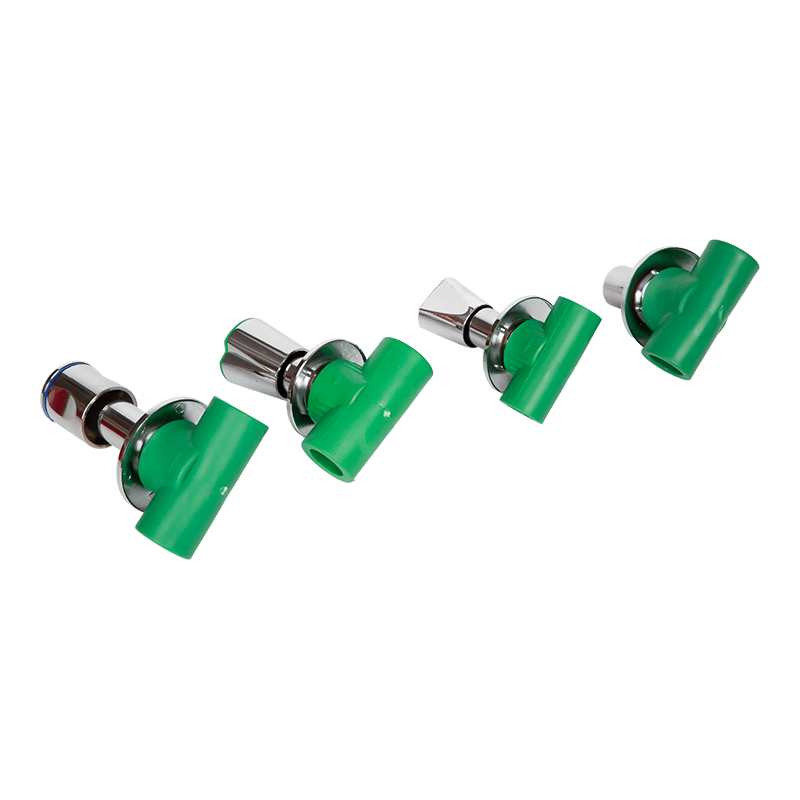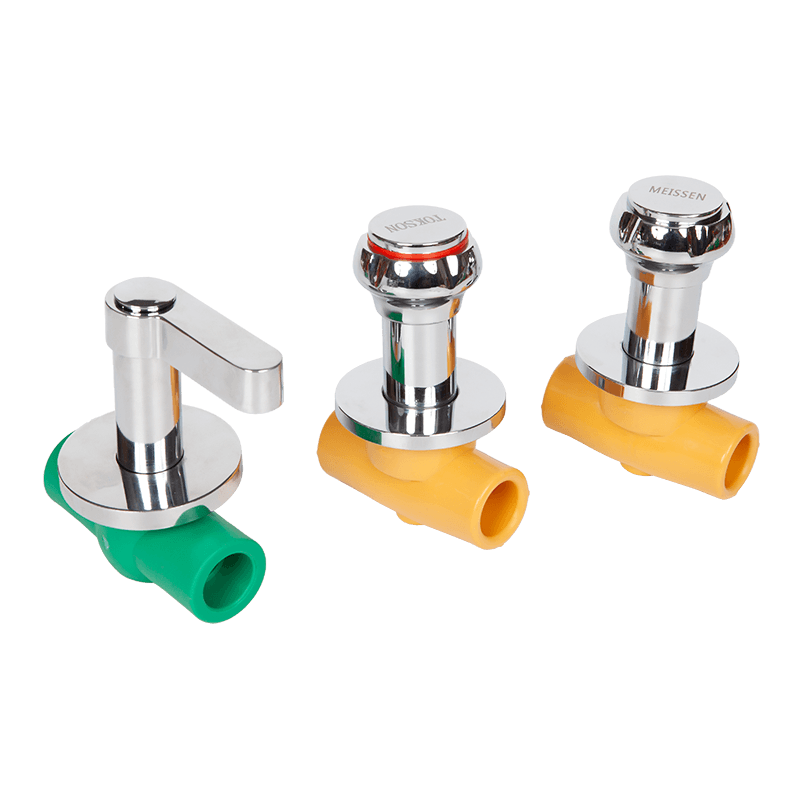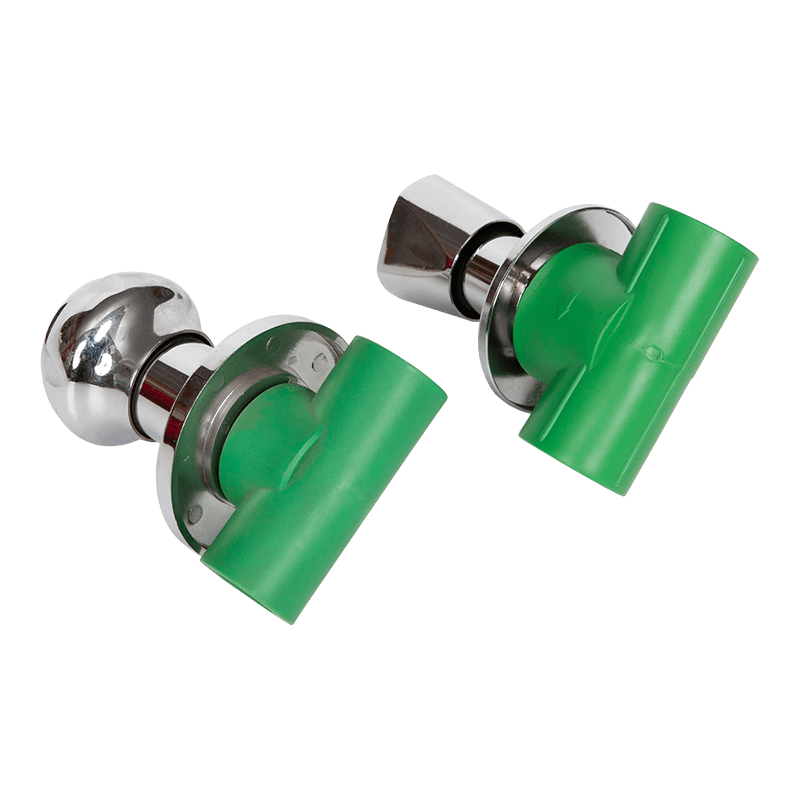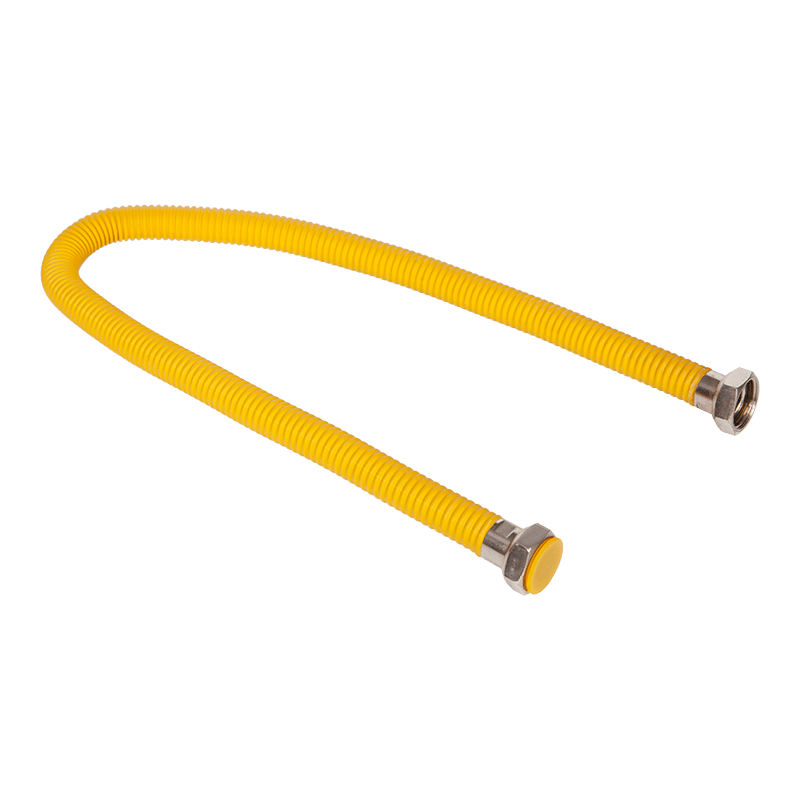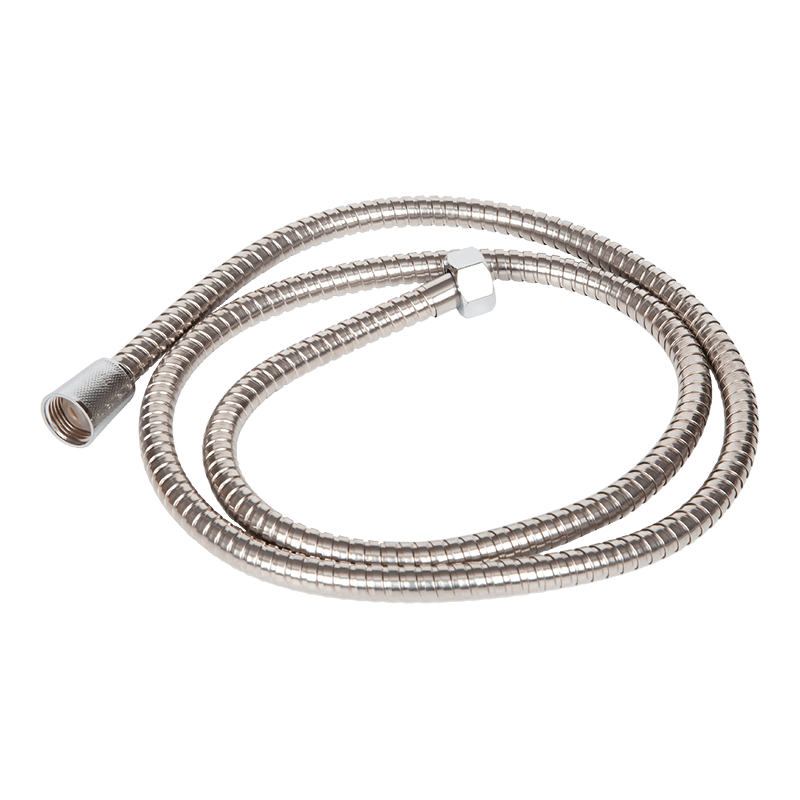The Relationship Between Water Pressure Relief Valves and Measurement Devices
Water pressure relief valves are widely used in pipelines, water supply systems, and industrial equipment to maintain safe internal pressure and prevent excessive stress on components. To ensure that the valve functions as intended, it is common to use this device together with pressure gauges or safety valves. Understanding whether these instruments should work in combination depends on system design, the need for monitoring, and the required level of safety assurance. In many installations, proper cooperation among these components helps stabilize pressure conditions and reduce the risk of failures.
Why Pressure Relief Valves Benefit From Being Used With Pressure Gauges
A water pressure relief valve typically reacts automatically when the internal pressure reaches a predefined value, releasing excess pressure from the system. However, because the valve’s internal mechanism operates without providing visible feedback, a pressure gauge offers users a practical way to observe real-time conditions. Pressure gauges give immediate pressure readings, which can help operators determine whether the valve is functioning as expected. This combination becomes helpful during maintenance, initial system startup, or situations where pressure fluctuations occur frequently. The ability to see precise pressure data allows operators to detect abnormal patterns earlier and make timely adjustments.
The Monitoring Advantages of Pressure Gauges in Water Systems
Pressure gauges support overall system stability by continuously displaying pressure changes. When paired with a relief valve, they help ensure that pressure does not approach a hazardous level without the operator noticing. This can be particularly important in systems with variable flow rates or where water temperature changes can cause pressure shifts. In addition, some systems require accurate calibration, and gauges offer measurable values for verifying whether the valve is set to the correct release point. The visual reference provided by the gauge supports decision-making during routine checks or emergency interventions.
Functions of Pressure Relief Valves and Pressure Gauges
Below is a table outlining the differences in how both devices contribute to system pressure management.
| Component | Primary Function | Role in Pressure Management |
|---|---|---|
| Pressure Relief Valve | Automatically releases excess pressure | Prevents system pressure from rising above safe levels |
| Pressure Gauge | Displays real-time pressure readings | Helps monitor pressure conditions and verify valve settings |
The Purpose of Safety Valves in Water Systems
While pressure relief valves already offer a method of reducing excess pressure, safety valves serve an additional protective role. A safety valve is designed to respond quickly when pressure escalates beyond the system’s intended operating range. Some installations prefer to include both devices so that if the relief valve does not react properly, the safety valve can provide a second level of protection. In applications where the water system supplies critical equipment or where pressure instability could cause mechanical damage, pairing a relief valve with a safety valve becomes a redundancy strategy.
When Safety Valves Should Work Alongside Pressure Relief Valves
Using both valves helps distribute the responsibility of pressure control. In high-demand or high-pressure environments, a single device may be insufficient to handle sudden increases in internal force. A safety valve complements the relief valve by opening at a slightly higher preset threshold, serving as an extra safeguard. This arrangement is frequently used in boilers, industrial pumps, chemical processing systems, or closed water circulation loops. By placing a safety valve downstream or upstream of the pressure relief valve, the system gains added insurance against malfunction or unexpected load variations.
Comparison Between Relief Valves and Safety Valves
This table summarizes the main distinctions between the two types of valves and why both may be used in combination.
| Device Type | Operation Mode | Activation Condition | Typical Use |
|---|---|---|---|
| Pressure Relief Valve | Gradual pressure release | Set pressure level is reached | Water distribution, pipelines, irrigation systems |
| Safety Valve | Rapid pressure discharge | Pressure exceeds emergency threshold | Industrial boilers, high-pressure tanks, closed-loop systems |
How Combined Use Improves Overall System Stability
Combining a relief valve with a pressure gauge or safety valve can enhance the whole system’s ability to maintain stable pressure. The relief valve moderates pressure increases, while the gauge offers visual confirmation and the safety valve provides backup protection. This integration reduces the likelihood of pipe bursts, component fatigue, or water hammer effects. In some water systems that experience large swings in demand, these components work together to smooth fluctuations and preserve the equipment’s operating conditions. It also becomes easier to troubleshoot performance issues by reviewing gauge readings and observing valve behavior.
Installation Practices for Using Relief Valves With Gauges
When installing a pressure relief valve along with a pressure gauge, both devices should be positioned to allow accurate and immediate measurement of the pressure at the point of control. Gauges are usually placed near the valve to avoid misleading readings caused by long pipe distances or rapid pressure changes. Installers often use isolation valves to allow the gauge to be removed or replaced without shutting down the system. By ensuring the gauge is visible and accessible, routine monitoring becomes more practical for users responsible for system operation.
Installation Guidelines for Pairing Relief Valves With Safety Valves
Placement of a safety valve within a system must be considered carefully to ensure that it responds correctly to rising pressure. Many systems require that the safety valve be installed vertically to allow for consistent mechanical movement. When paired with a pressure relief valve, the safety valve’s activation point must be set higher than the relief valve to avoid unnecessary release. Proper calibration ensures that the devices function in sequence rather than simultaneously. This sequential operation helps maintain stability while ensuring redundant protection.
Installation Considerations for Each Device
The following table outlines recommended installation factors for pressure relief valves, pressure gauges, and safety valves.
| Component | Installation Considerations | Reason |
|---|---|---|
| Relief Valve | Install near pressure source; ensure unobstructed discharge path | Allows rapid pressure release and prevents backflow |
| Pressure Gauge | Place close to relief valve; ensure easy visibility | Provides accurate pressure readings for monitoring |
| Safety Valve | Install vertically; set higher activation pressure | Ensures reliable emergency operation |
The Role of Coordination Between Devices in Ensuring Long-Term Safety
The long-term reliability of a water system depends on how well its protective devices work together. Regular inspection, calibration, and cleaning can help maintain the function of relief valves, safety valves, and gauges. Observing gauge readings over time can reveal trends that indicate when components require maintenance. Proper coordination among all these elements supports system longevity, reduces operational risks, and helps facilities maintain compliance with safety standards. When designed and installed appropriately, these devices contribute to a balanced, stable, and dependable pressure control system without relying on extreme interventions.

 LANGUAGE
LANGUAGE  English
English русский
русский 中文简体
中文简体
